Carving out a new niche
By Wang Kaihao ( China Daily ) Updated: 2015-12-29 07:49:27
The Beijing Stone Carving Art Museum, which is set to reopen on Dec 31 after a two-year restoration, now houses 2,600 stone carvings collected from all over the city. Wang Kaihao reports.
They may be just stones. But they shed light on the history of Beijing. After two years of careful renovation, the Beijing Stone Carving Art Museum will reopen to the public on Dec 31.
A highlight will be the more than 750 stone artifacts reflecting the city's history showcased in a 3,900-square-meter exhibition space.
Some artifacts date back to the Han Dynasty (202 BC-AD 220), but most are from the Yuan (1271-1368), Ming (1368-1644) and Qing (1644-1911) dynasties, when Beijing was the capital.
The Beijing Stone Carving Art Museum, which opened in 1987, now houses 2,600 stone carvings collected from all over the city.
Many works were unearthed during construction work in recent years.
"We redesigned the exhibition," says Wang Dan, director of the museum.
"We did not want the exhibits to be shown like a chronicle, which is often done by history museums. However, it would be a little chaotic if we mixed too many things within a certain historical period."
Another reason for adjustment is believed to be that some stone carvings were too heavy to be moved.
"They're not regular museum exhibits. So, it's better to minimize the impact on the relics, and design the visitors' route based on their current locations," says Wang.
The exhibition is split into three areas, and multiple independent themes are covered in each area. For example, while one section focuses on stone calligraphy rubbings, another focuses on stele - stone or wooden slabs, generally taller than wider, erected as monuments - recording major constructions in Beijing history, like bridges, roads and temples.
Though the constructions may have disappeared, their birth certificates - the stele - are preserved.
"Unlike stone carvings in Europe, which remind people of sculptures or reliefs, Chinese stone carvings are closely connected with calligraphy," says Wang.
"If visitors can leave the museum admiring the beauty of Chinese characters, we will be very satisfied."
Tombstones comprise a major part of the museum's inventory.
According to the epitaphs, many were done to honor high officials under emperors' orders.
There is also an area for tombstones of Christian missionaries. They were honored for their roles in building bridges between China and the West, especially for their scientific contributions.
|
|
|
|
|
|
|
|

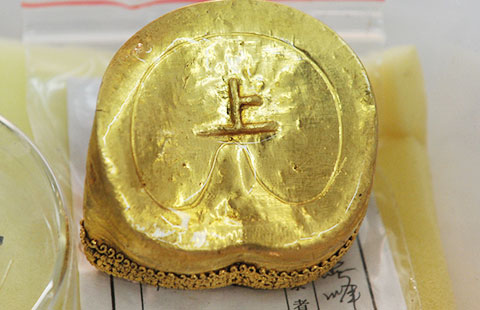



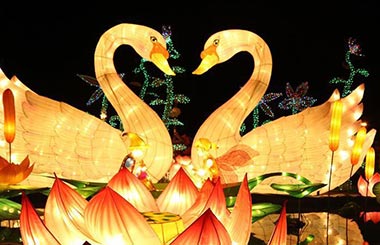
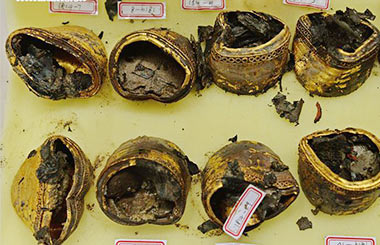
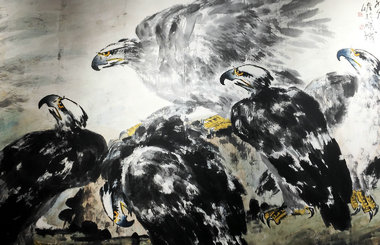






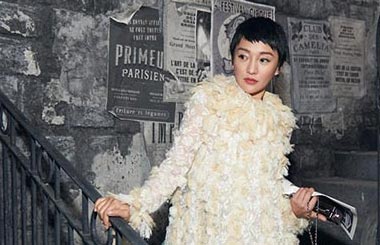
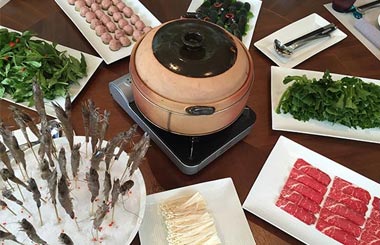
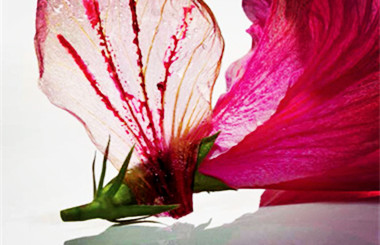
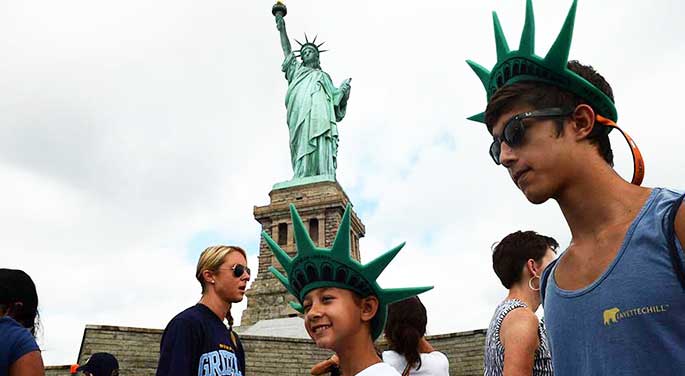





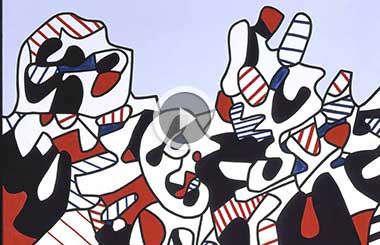
 Raymond Zhou:
Raymond Zhou: Pauline D Loh:
Pauline D Loh: Hot Pot
Hot Pot Eco China
Eco China China Dream
China Dream China Face
China Face





